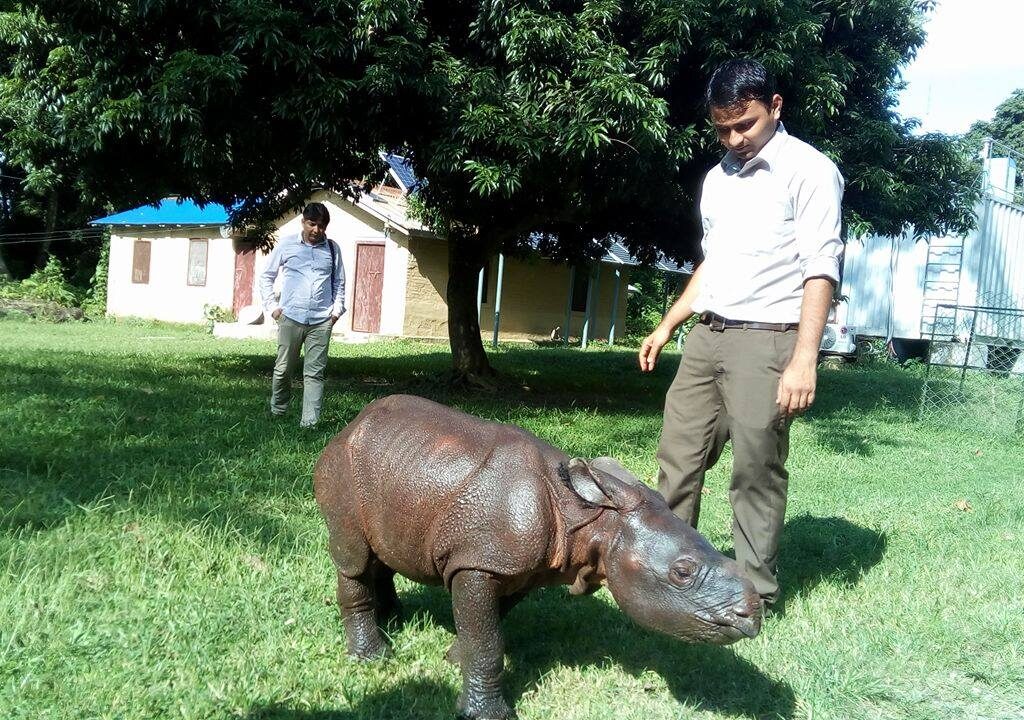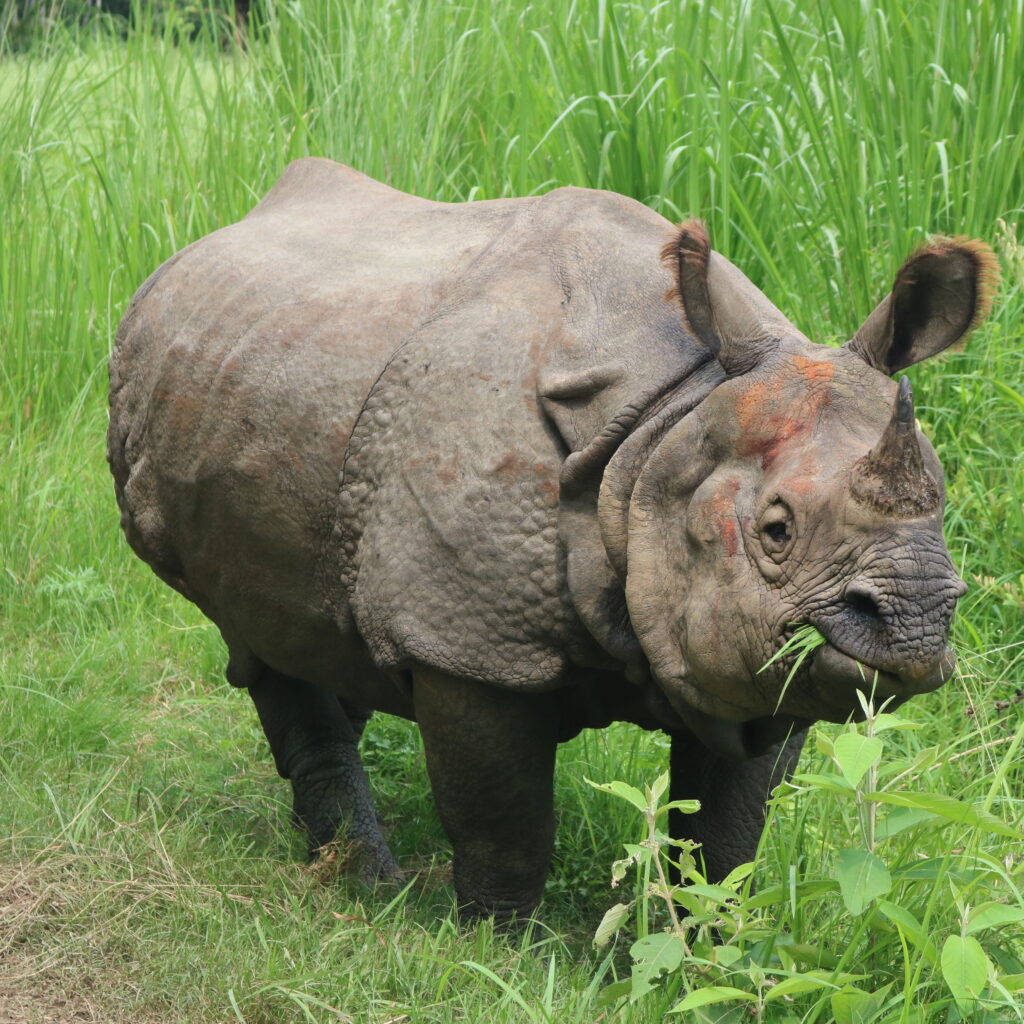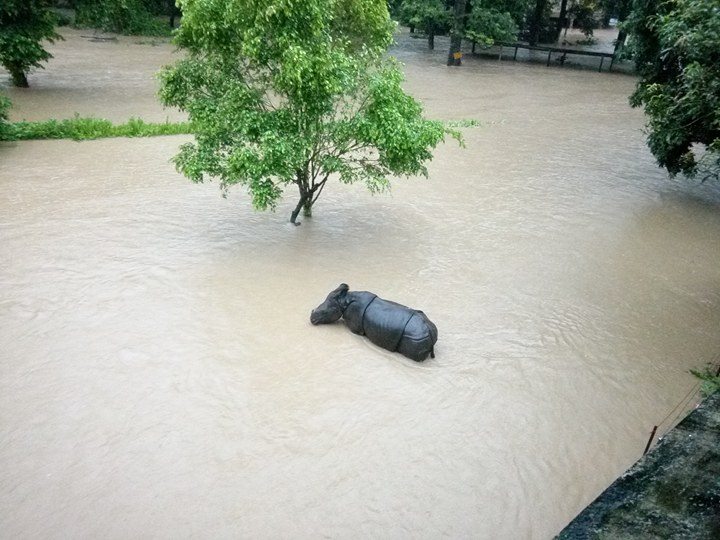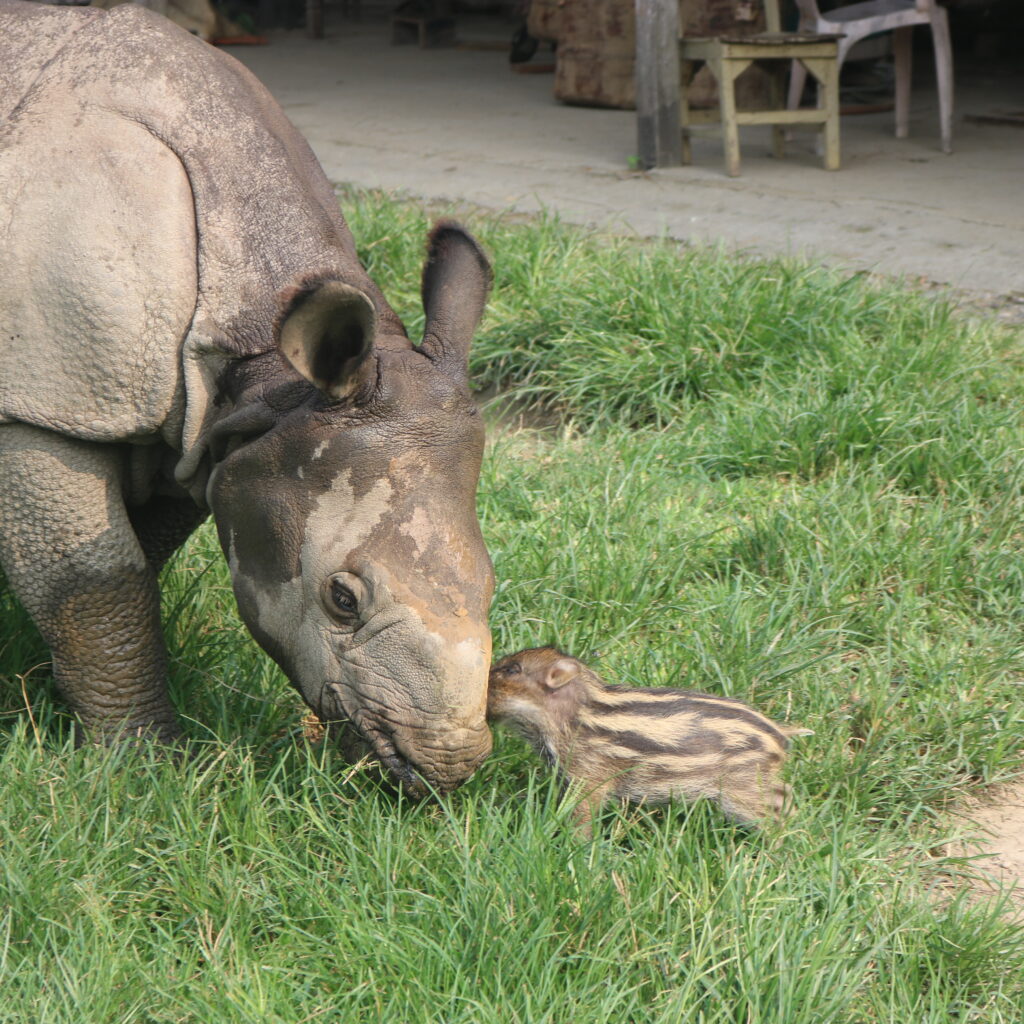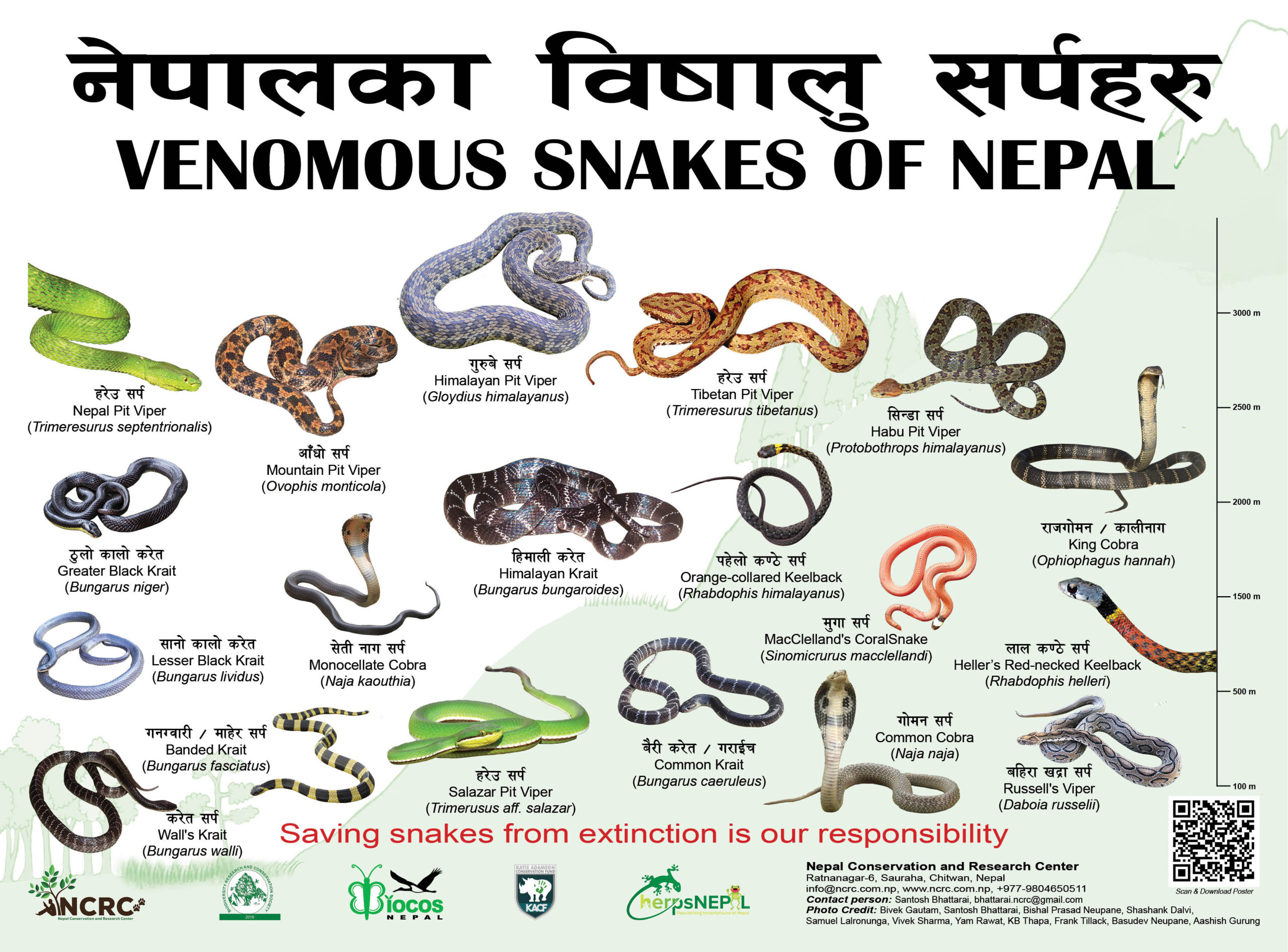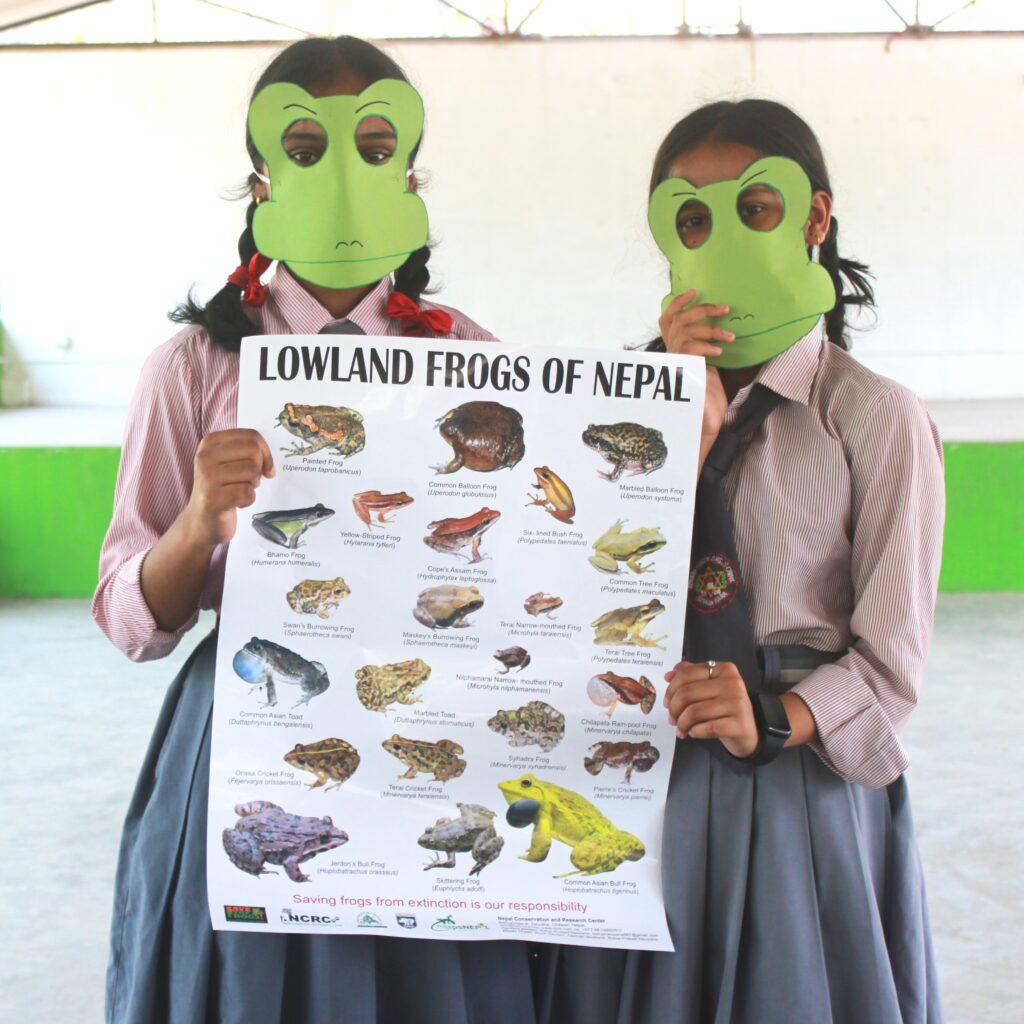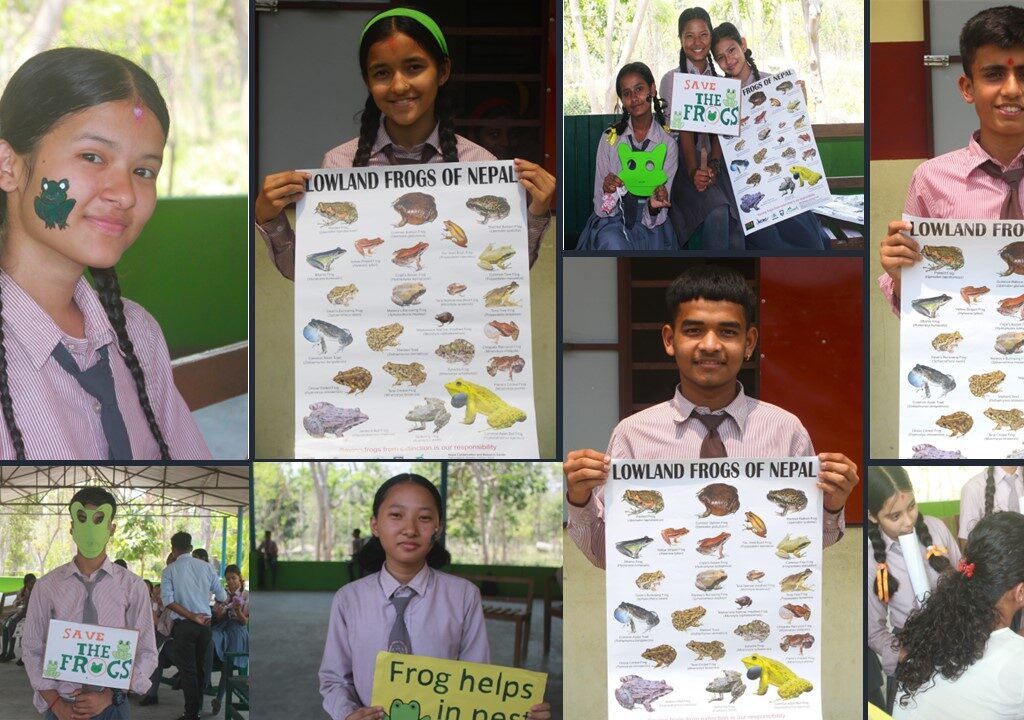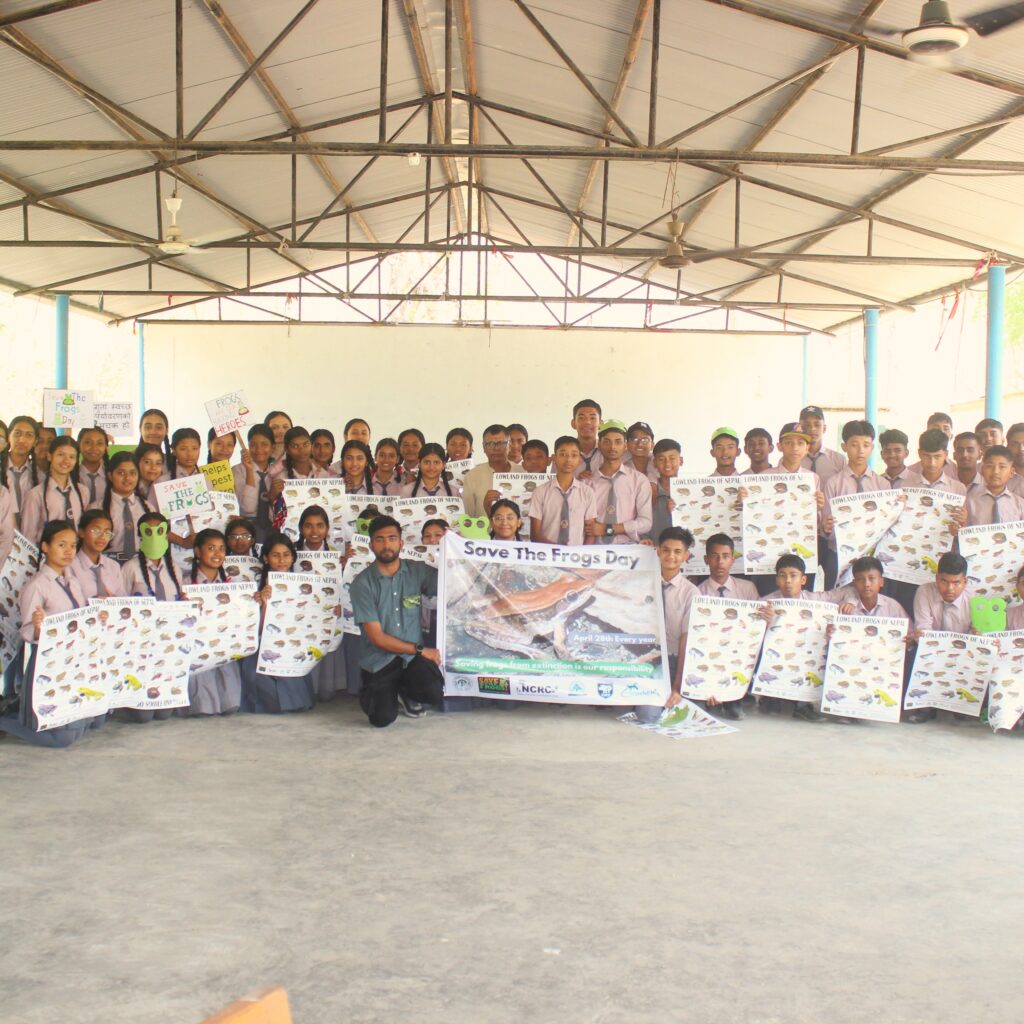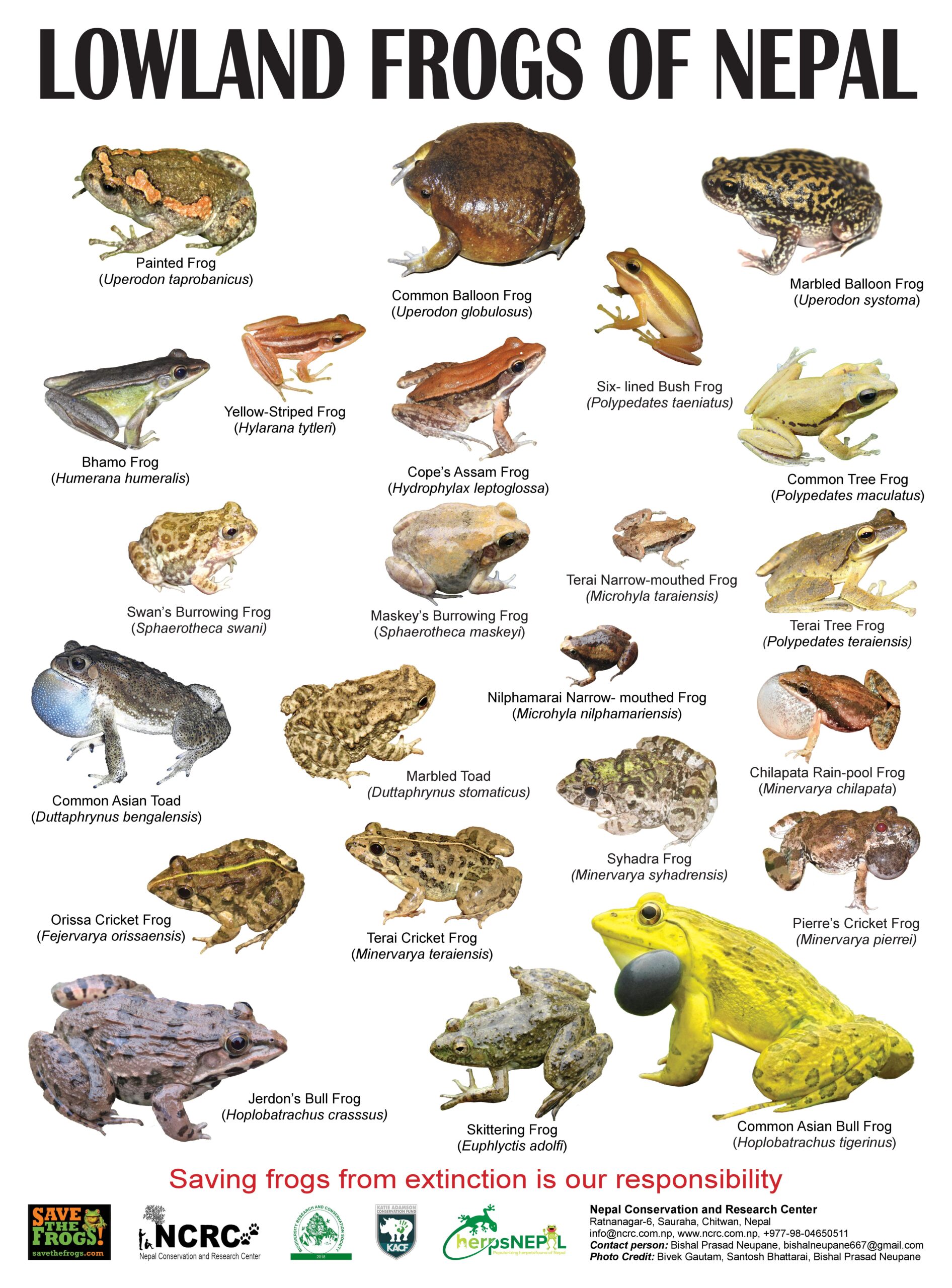Authors: Khagendra Prasad Joshi, Gunjan Adhikari, Divya Bhattarai, Ayush Adhikari, Saurav Lamichanne
Abstract: The Chure region, among the world’s youngest mountains, stands out as highly susceptible to
natural calamities, particularly forest fires. The region has consistently experienced forest fire
incidents, resulting in the degradation of valuable natural and anthropogenic resources. Despite
its vulnerability, there have been limited studies to understand the relationship of various
causative factors for the recurring fire problem. Hence, to comprehend the influencing factors for
the recurring forest fire problem and its extent, we utilized generalized linear modeling under
binary logistic regression to combine the dependent variable of satellite detected fire points and
various independent variables. We conducted a variance inflation factor (VIF) test and correlation
matrix to identify the 14 suitable variables for the study. The analysis revealed that forest fires
occurred mostly during the three pre-monsoon periods and had a significant positive relation with
the area under forest, rangeland, bare-grounds, and Normalized Difference Vegetation Index
(NDVI) (P < 0.05). Consequently, our model showed that the probability of fire incidents decreases
with elevation, precipitation, and population density (P < 0.05). Among the significant
variables, the forest areas emerges as the most influencing factor, followed by precipitation,
elevation, area of rangeland, population density, NDVI, and the area of bare ground. The validation
of the model was done through the area under the curve (AUC = 0.92) and accuracy (ACC
= 0.89) assessments, which showed the model performed excellently in terms of predictive capabilities.
The modeling result and the forest fire susceptible map provide valuable insights into
the forest fire vulnerability in the region, offering baseline information about forest fires that will
be helpful for line agencies to prepare management strategies to further prevent the deterioration
of the region.
Paper link: https://doi.org/10.1016/j.heliyon.2024.e28525




